Estimated reading time: 7 minutes
Picture this: your dog, normally a picky eater, eagerly devours his food with a wagging tail and a contented smile.
Are you ready to discover the secret ingredient that can make the food more appealing to your pup? The key lies in the proper temperature of their food.
The Proper Temperature for Your Dog’s Food
Dogs, just like humans, have their own preferences when it comes to mealtime. They are more likely to devour and relish their food when it’s served at the perfect temperature.
Besides enhancing their enjoyment, serving dog food at the right temperature aids digestion and prevents any discomfort or tummy troubles that can occur from consuming food that is either too hot or too cold.
It’s worth noting that dogs have different preferences when it comes to food temperature. Some may prefer warm food, while others find satisfaction in the food served at room temperature.
Understanding and catering to your dog’s specific preferences ensure that mealtime becomes a delightful experience for both you and your furry companion.
How to Warm Up Wet Dog Food
First, make sure to check the directions on the can. Food companies recommend following their specific guidelines for heating dog food to ensure optimal quality and safety for your pet’s consumption.
To heat up wet dog food, try using either a microwave for convenience or the double boiler method if you prefer not to use a microwave.
Microwave
The microwave is a convenient and popular option for quickly heating pet food, especially when using canned or wet food. To microwave dog food, follow these steps:
Double Boiler Method
If you don’t have a microwave, another approach to safely warm dog food is the double boiler method. Additionally, some pet owners choose to forgo using a microwave to heat dog food due to concerns about potential uneven heating or altering the nutritional value of the food.
Here’s how to warm dog food using a double boiler:
The double boiler method provides a gentler and more controlled heating process, minimizing the risk of overheating or burning the food. It is particularly useful for dogs with sensitive palates or when warming up larger quantities of dog food.
Warming up Refrigerated Canned Dog Food
Some dogs are sensitive to chilled or cold food. If you have a can of dog food stored in the fridge and want to serve it at a warmer temperature, there are a few approaches you can take to achieve the desired warmth:
Room Temperature
One simple method is to allow the dog food to reach room temperature naturally. This method is particularly convenient if you don’t have access to a microwave or prefer not to use one.
To warm up the cold food to room temperature, follow these steps:
Keep in mind that room temperature may vary depending on your location and the time of year. Ensure that the food is not exposed to extreme heat or cold during this process.
Warm Water Bath
Another method is using a warm water bath. This technique involves submerging the sealed can or the desired portion of food in warm water to gradually raise its temperature.
To warm up your dog’s food using a water bath, follow these steps:
The warm water bath method provides a gentle and gradual warming process, helping to maintain the nutritional integrity of the food while making it more appealing to your pup.
In the next section, we will discuss important factors and potential risks to consider when heating dog food to ensure the safety and well-being of your furry friend.
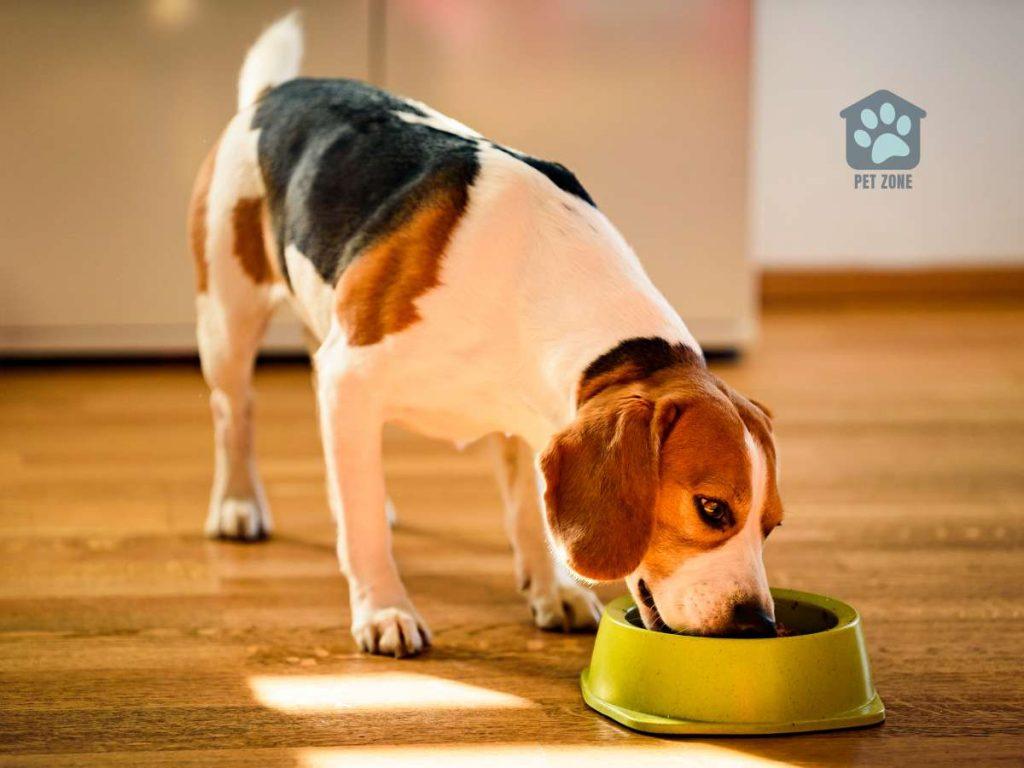
Factors and Risks to Consider
While warming up dog food can enhance its palatability, it’s crucial to consider certain factors and potential risks to ensure the safety and well-being of your dog. Here are some important points to keep in mind:
Food Safety
When heating dog food, it’s essential to prioritize food safety. Follow these guidelines to ensure the food remains safe for consumption:
By practicing proper food safety measures, you can help prevent potential health issues that may arise from consuming spoiled or improperly stored food.
Sensitivity to Temperature
The perfect food temperature varies from dog to dog. Some dogs may be more sensitive to cold or hot temperatures. It’s crucial to observe your dog’s reactions and adjust the food temperature accordingly.
To start, feed your dog food at room temperature and carefully observe how they respond. If you notice a consistent preference for warmer or cooler food, gradually adjust the temperature to meet their desires. Always make sure the food is never too hot to avoid any potential burns or discomfort for your dog.
Additionally, take into account factors like your dog’s age and dental health. Older dogs or those with dental issues may find softer or warmer food more enjoyable and easier to chew and digest.
Dry Food as an Alternative
For pet owners seeking a convenient and hassle-free feeding option, dry dog food serves as an excellent alternative that does not require heating. Here are some key points to consider regarding dry dog food:
Convenience
Dry dog food, also known as kibble, is readily available and easy to store. It requires no preparation or heating, making it a convenient choice for busy pet parents or situations where heating food may not be practical.
Nutritional Value
Dry dog food is formulated to provide balanced nutrition for dogs of different life stages and dietary needs. It undergoes a manufacturing process that preserves its nutritional content, ensuring that dogs receive essential nutrients from their meals.
Dental Health
The texture of dry dog food promotes dental health by helping to reduce plaque and tartar buildup. The chewing action required to consume dry kibble can help maintain healthy teeth and gums.
Portion Control and Longevity
Dry dog food allows for easier portion control, as it comes in measured quantities. Additionally, it has a longer shelf life compared to wet or canned food, reducing the risk of food spoilage.
While dry dog food provides convenience and nutritional benefits, it’s essential to consider your dog’s individual needs and preferences. Some dogs may have dental issues that make it challenging to consume dry kibble comfortably. In such cases, adding a small amount of warm water to soften the food can be a viable option.
Conclusion
Proper temperature is crucial for the enjoyment and well-being of your dog. Consider their preferences and use suitable heating methods to create a satisfying mealtime experience.
The goal is to provide a nutritious and enjoyable mealtime experience for your furry companion, prioritizing their well-being and happiness.


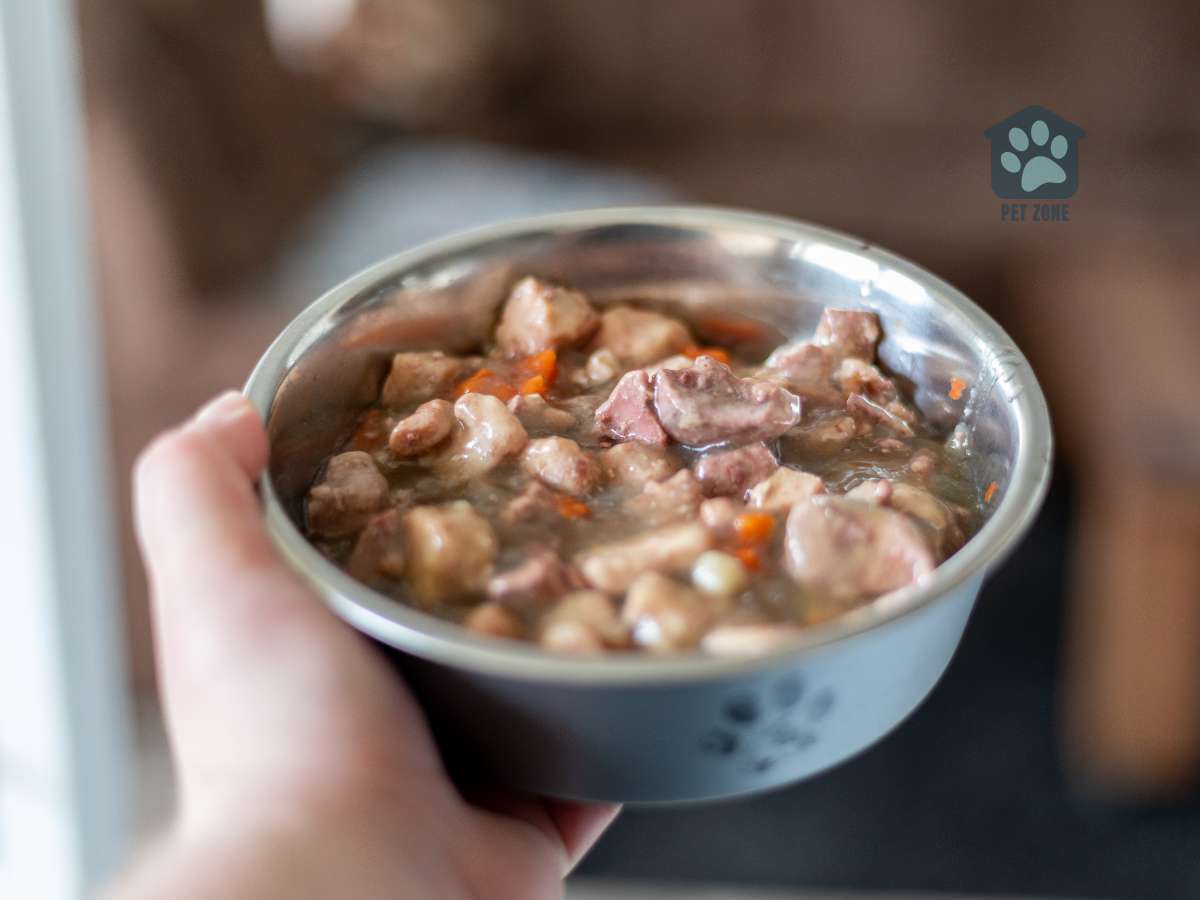

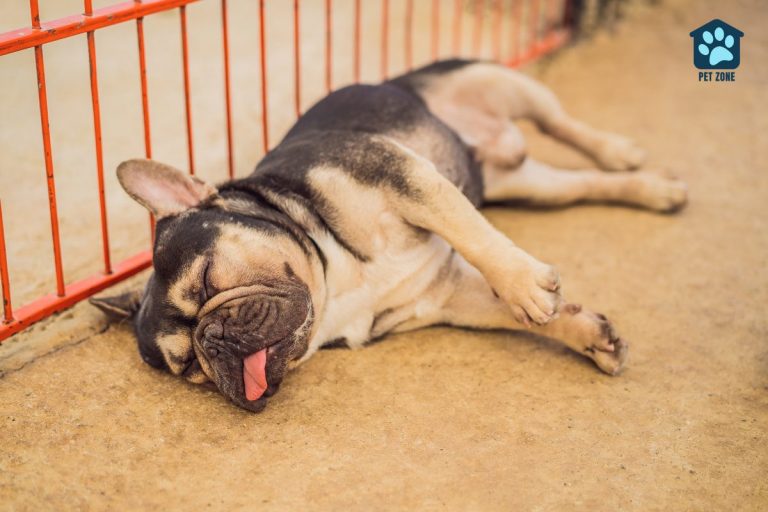
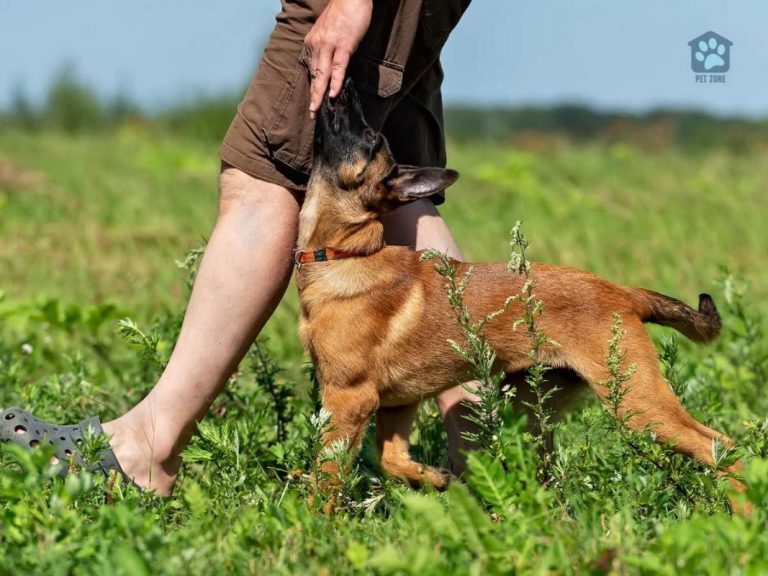
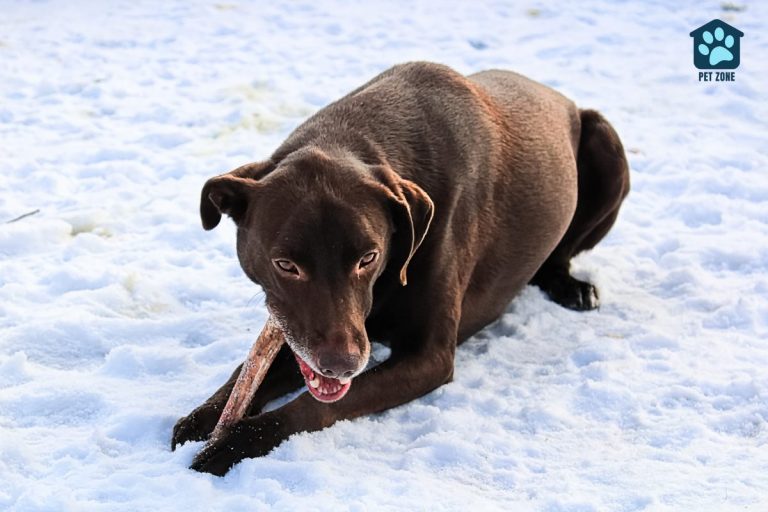
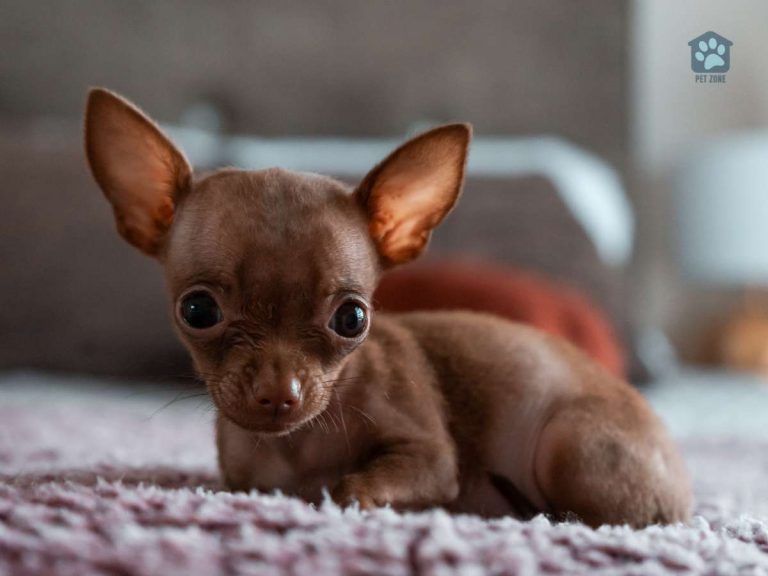
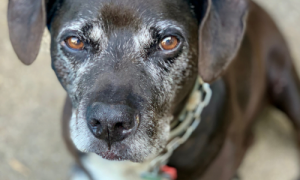
I had no idea you could actually heat up canned dog food! Very insightful post